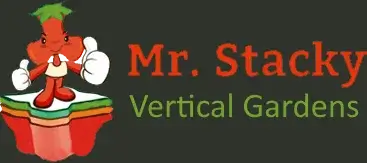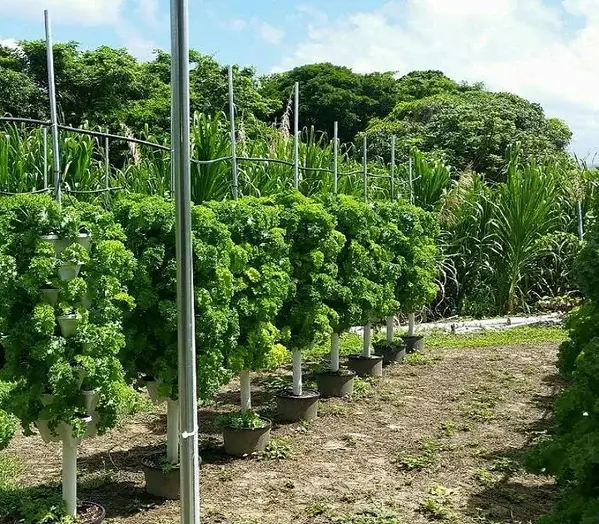Hydroponics is a great, sustainable way to grow an edible garden at home. If you’re just getting started you’ll want to check out these hydroponics for beginners tips.
The year is 3000 A.D, and humans have perfected the technique of growing plants without soil.
Wait! Without soil?
Yes, Hydroponics is a form of gardening without the use of soil, and actually, it’s not the future. It’s a popular trend that has been around for a long time, since 600 B.C.
Read on if you want to learn about hydroponics for beginners tips and for the top three things you need to know about this growing trend.

1. Hydroponics: An Urban Revolution
Imagine you live in an apartment in the city. It’s small; it’s on the fifth floor. Also imagine you are an amateur chef. You love cooking, and you know that when it comes to cooking, fresh is best. You dream of throwing fresh-grown cilantro in your famous shrimp tacos rather than the store-bought kind. You want to start a garden. But where? And how? You could start a small indoor hydroponic garden. In fact, hydroponics works great for places where traditional farming doesn’t work, such as a dry climate state like Arizona. Hydroponics would be perfect for a small apartment dweller, or for anyone who lives in an urban area with limited space.2. The Hydroponics Industry is growing
Interest in hydroponics is growing. In 2017, the hydroponics industry grew 4.5% and the industry is expected to continue growing for the next few years. More people are interested in the many advantages to hydroponic systems compared to traditional soil such as:- Less space is needed
- Less water is needed
- More crops can be produced
3. Hydroponics for Beginners: Tips to get Started
To get started, choose a setup. There are many different types of setups for hydroponics.- Ebb and Flow Systems: This system is usually used in small setups such as in a house. The plant is in a medium and on a tray. Underneath the tray is a reservoir that has nutrient-rich water. The water is pumped until the tray overflows and feeds the plants. Any leftover water goes back to the reservoir.
- Drip Systems: This system is most efficient for smaller plants, and is set up similarly to ebb and flow. The water is pumped through several small tubes and drips over the plants.
- Wick Systems: Wick systems also use a medium. Plants sit in a medium-filled tray and a nylon rope is attached to each root. The tray sits above a reservoir, and the nylon absorbs the nutrient-rich water. This system is popular because it does not need extra equipment like the other setups.
- Nutrient Film Technique (NFT): this setup is water-based and does not need soil or a medium. Plants are put on wooden channels where water is pumped. The water then comes back and is used again.
- Aeroponics: Aeroponics also does not need a medium and is water-based. Water and nutrients are pumped up and sprayed all over the plant and root. It’s the most complex to set up and is best for commercial use.
Have More Questions About Starting Hydroponics?
Did you go through our hydroponics for beginners guide but still not sure where to start? If you have any questions, or just want to learn more about hydroponics tips, contact us.

About the Author
Mr Stacky is the leader in Tower Garden Systems in Australia, specializing in commercial hydroponic farming, urban farming & residential vertical gardening.
Find out how he can help you achieve your food production goals. Contact Brian

